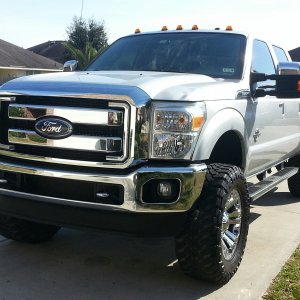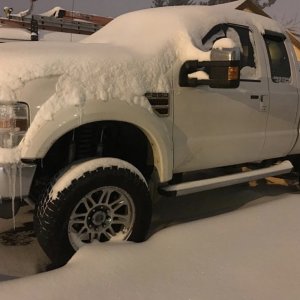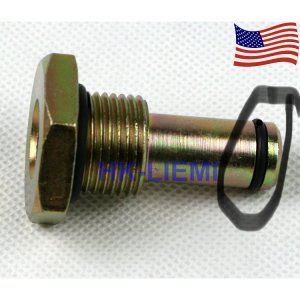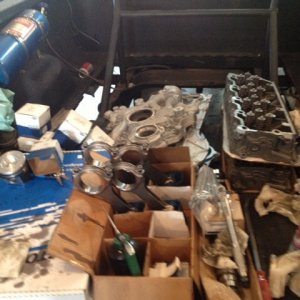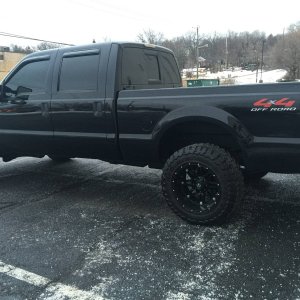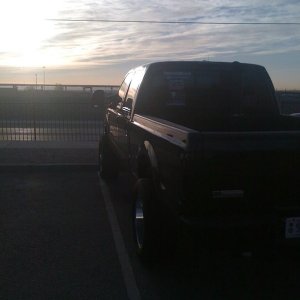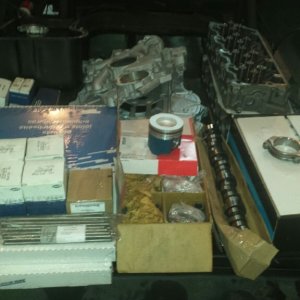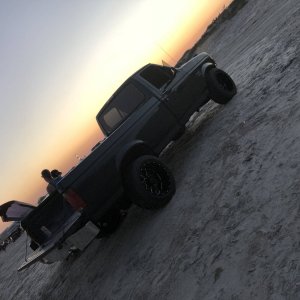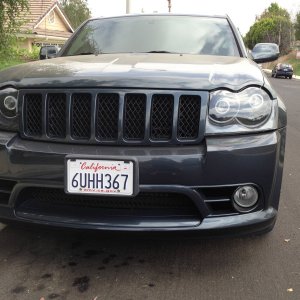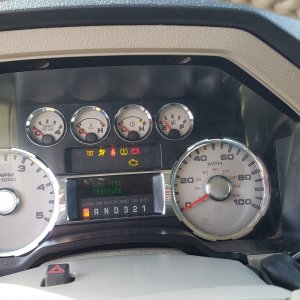To summarize...
The people that actually understand injectors would LOVE to have an injector with a hydraulic ratio BELOW 5:1......
Did everyone catch that? The ones that UNDERSTAND this discussion fully understand that they could make even MORE power if they had an injector even FARTHER down the hydraulic ratio spectrum than the hybrid. A 4:1 injector would make even MORE power than a hybrid, which ALREADY makes MORE power than a B, all else constant.
On the other side.... you've got B-code people. Who choose the B-code because of its increased hydraulic ratio over the hybrid..... but who then do NOT pick the A-code for ______ reasons, even though it has an even HIGHER hydraulic ratio THAN THE B! And who don't then pick the reverse hybrid because it has an even HIGHER injection ratio STILL, because ________??????!!!
Why do they not pick them? Because as you travel farther and farther down the hydraulic ratio spectrum from hybrid at one end, toward reverse hybrid at the other, the available injection rate keeps DECREASING. The available oil flow rate INTO these injectors is FIXED! The poppets are all IDENTICAL. So for any given pressure and whatever you want to do to the oilsides, they will flow _____ oil per millisecond. PERIOD.
Well, with that amount of oil, the hybrid will fill the void above it's smaller intensifier piston FASTER than the B-code will. It will also stroke that piston FARTHER down the bore than the B-code will, meaning that with both having IDENTICAL plungers, the hybrid has just moved more fuel per unit time. For anyone not up on current events, the one who moves more fuel per time across a given nozzle MAKES MORE POWER. The efficiency is HIGHER, the quality is HIGHER because the atomization and injection pressure is HIGHER.
This is because with any decently competitive nozzle the plunger is dropping faster than the oil can fill the chamber above the intensifier piston at full pressure. So.... the pressure differential keeps growing between the head rails and the chamber above the intensifier as the nozzle gets bigger and bigger. At around a 200% nozzle and at or above ~2800psi the plunger/intensifier are dropping fast enough that the pressure drop above the B-code intensifier is so great that the resultant pressure in that chamber is so much lower than the pressure inside the same chamber of a hybrid that even the greater surface area for the B-code intensifier CANNOT make up for it, and the resultant force applied to the plunger forcing the fuel across the nozzle is then LOWER for the B-code than for the hybrid!!!
This is reality. Everyday, any day, all day.
If I had some reliable 4:1 super hybrids I could run even greater ICP with accompanying changes to the poppet spring and move even MORE fuel across the same nozzles we have now in the SAME amount of time! The injection pressure at full tilt would be even HIGHER than what we can achieve now, and obviously so would the atomization and injection QUALITY.
At low demand the ICP would have to be held higher to account for the reduced hydraulic ratio.
Again.... this is REALITY. Not ride around town and call it good bs.
The ONLY reason everyone isn't running super hybrids in competition RIGHT NOW is the sheer cost and quality control associated with custom plungers and barrels. PERIOD.
If you don't want to know about the best technology you COULD use in your dd.... then you wouldn't start a thread debating the only two injector types people still even TRY to use. The OP clearly wanted to hear some ACTUAL information on the subject.
If all he wanted was the info that Lott has provided then the closest gypsy palm reader or a divining rod held near a set of hybrids and B-codes would have been more than sufficient.



